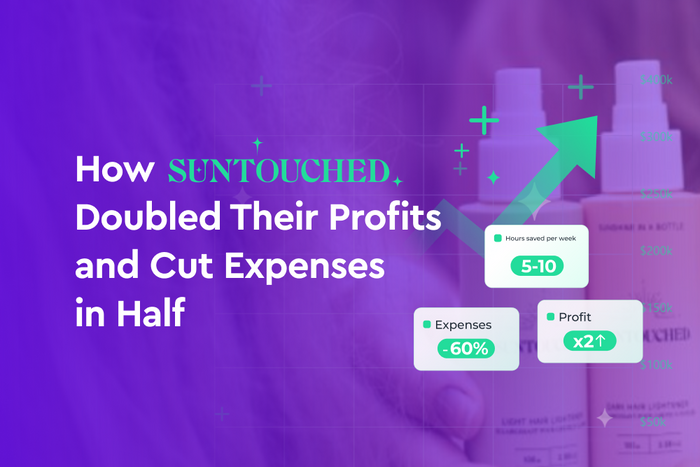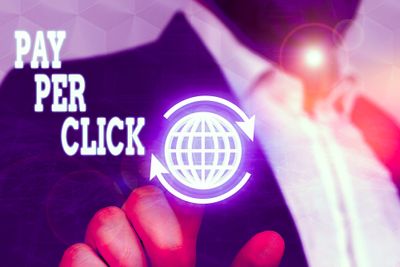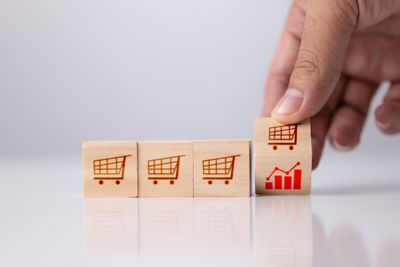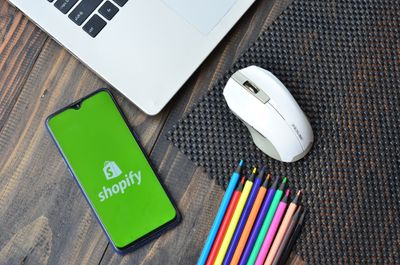Profit Analytics Blog
Read expert articles with insights about e-commerce profitability from analyzing thousands of e-commerce businesses' data.
Profit optimization
Using Instagram With Shopify to Boost Conversions: Benefits and GuideThe use of social media and e-commerce shopping platforms has reached an all-time high, with Instagram quickly becoming the newest social media platform for online retailers using Shopify. This omnichFebruary 10, 2022
Profit optimization
Power Up Your eCommerce Plan With This Black Friday Marketing StrategyFor marketers and brands, 9 PM on Black Friday can feel like the final few minutes of the moon landing. It’s the time at which sales typically reach their apex and your team finally discovers whether October 27, 2021











